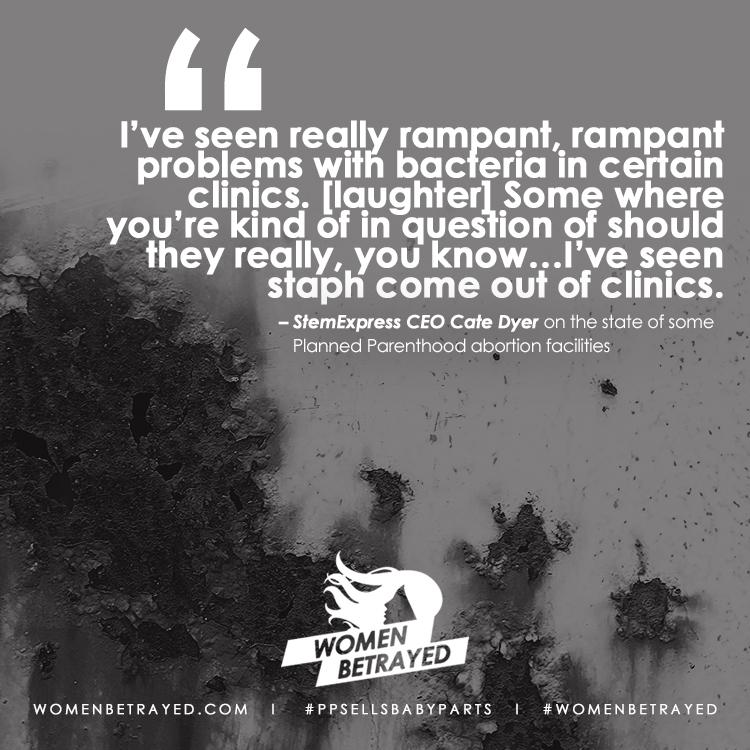A health care provider’s take on the Supreme Court’s abortion jurisprudence
[Today’s guest post is by Clare Farrell.]
I have been a health care provider for over 30 years, first as a registered nurse and for
the last 15 years, as a nurse practitioner. For most of my nursing career, I worked in
either a hospital based operating room setting or an ambulatory surgical setting. Both
hospitals and ambulatory surgical facilities are highly regulated by the state, with
tremendous oversight, including annual and surprise on-site inspections by state health
department authorities. There are quite literally thousands of regulations governing the
operation of these facilities, which range from how instruments are sterilized to what the
floors are washed with to how the doctors and nurses are vetted and how surgical
consents are obtained. Facilities that fail to meet the state standards face penalties that
range from fines, to loss of Medicare/Medicaid reimbursement, to closure in the most
egregious cases.
If you need your hammertoe repaired, or you need a colonoscopy, your procedure will
be performed in one of these facilities. You will be in a facility with clean floors and
sterilized equipment and licensed and uncensored physicians who explain your
procedure and the associated risks and obtain legal consent. And if you have a miscarriage,
otherwise known as a ʻspontaneous abortionʼ to clinicians, your dilation and curettage procedure will likely be performed
in one of these facilities.
But if you are a frightened young woman confronted with an unplanned
pregnancy? Thanks to the Supreme Court’s disappointing recent decision, you may find yourself in an abortion facility does not meet the same standards required of the facility that
can fix your crooked toes. And in the event of a complication, don’t expect continuity of care, since states can no longer require abortionists to hold hospital admitting privileges. The Supreme Court, in its brilliant wisdom, has simply legalized abortion and walked away.
Truly, HB2 never had a chance.
If we, as a society, can legalize the physical destruction of the unborn child within its
motherʼs womb, why would we need to regulate it? Perhaps the take-away from the Supreme Court decision is that there is no real way to “regulate” the
murder of the unborn. There is no way to oversee it, or make it cleaner, or more
sanitary, or safer. Are abortion-minded women really much better off today than they were before Roe v. Wade?


Leave a Reply
Want to join the discussion?Feel free to contribute!